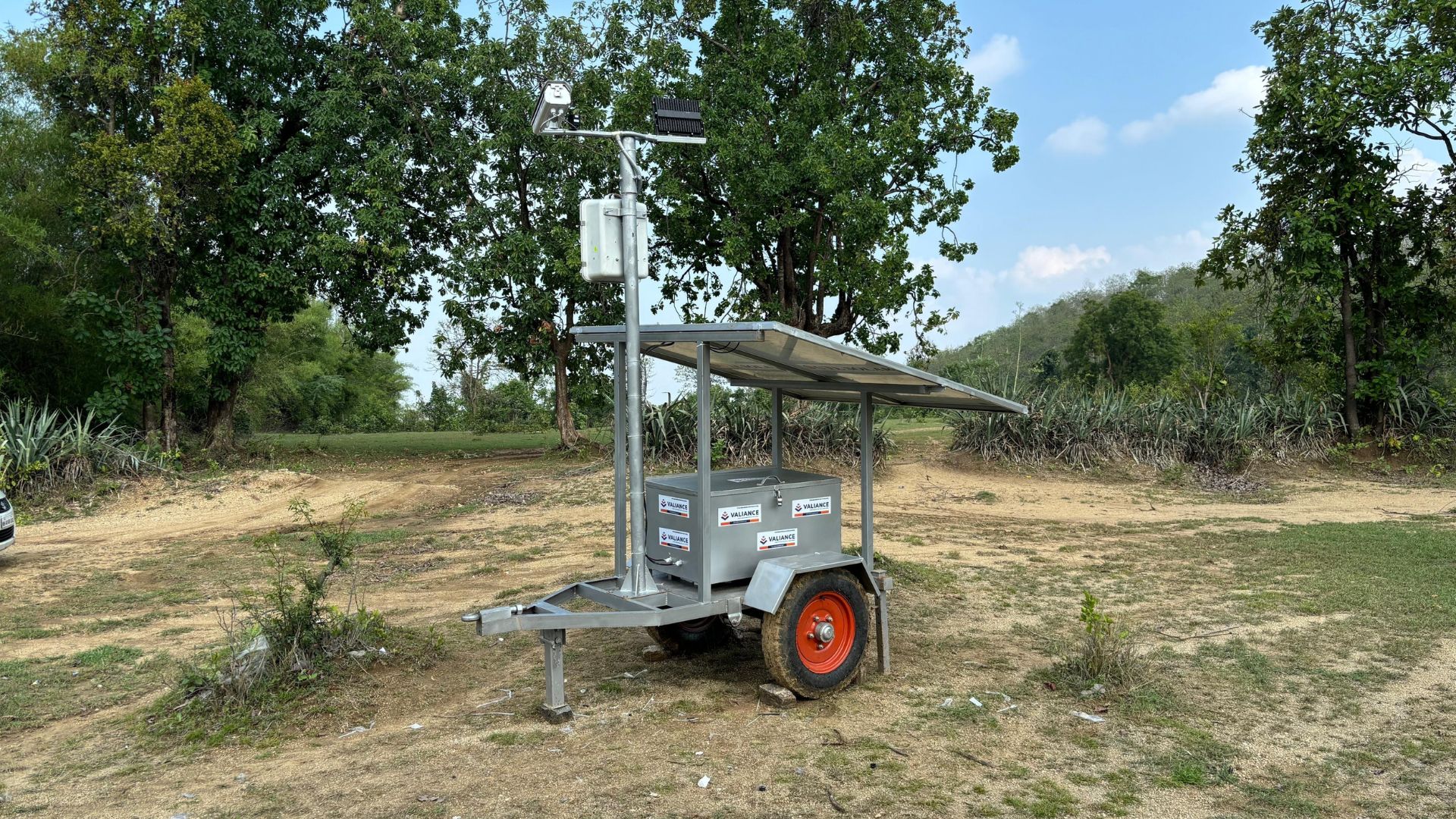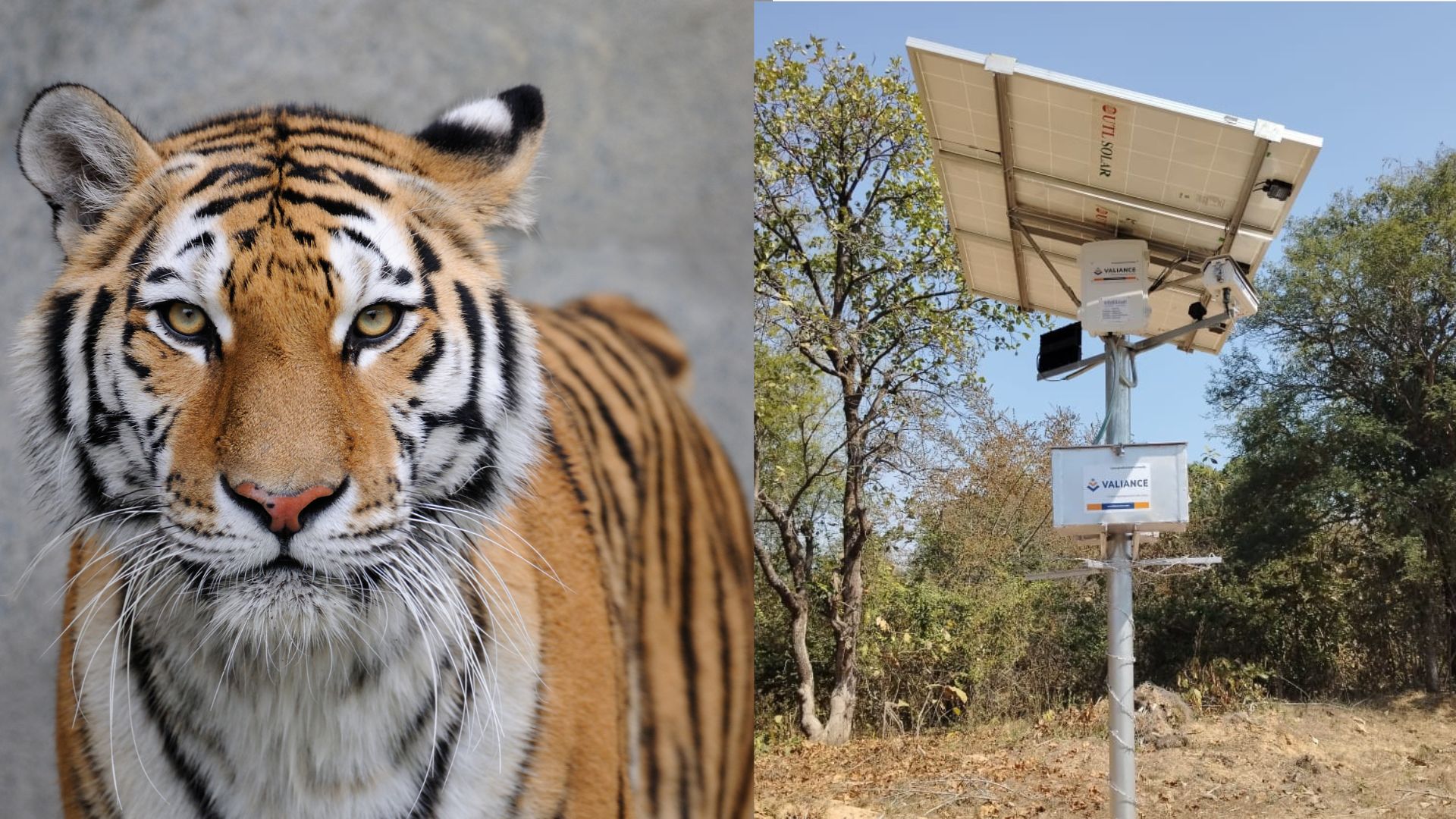Our client
Our client is a global leader in mobility solutions. It offers Digital VAS, Mobile Finance, and Customer Management solutions to both telecom operators and microlending institutions. These telecom and microfinance players are currently spread out across 15 African countries.
Why they came to us
Our client had a customer base of 1-10 million in each of the 15 countries where they were operating. They were capturing 2TB data every single month. Assessing credit risk and credit line assignment was a huge challenge given the diversity of the loan applicants and the volume of data. The client understood that they needed an advanced solution that could leverage all the data they were collecting and define credit limits accordingly.
The problem
Our client’s current risk assessment algorithm was based on simplistic internal rules. It assigned pre-defined credit limits to users based on fixed segments. And there was no way of reassessing a user’s credit-worthiness based on all the data that our client was collecting across the user journey.
Our strategy
We decided to build an Adaptive and Intelligent Risk Assessment platform using a Machine Learning Model. This would involve incorporating various data points that were already being collected. These included:
- Demographic
- Financial
- Telecom: CDR (Call Data Records), GPRS, BTS
- App Activity
- SMS
The overall goals were to:
- Offer higher credit limits to users who repay their loans on-time and lower limits to riskier users
- Automate the process of risk evaluation and reduce manual oversight to a large extent
- Improve risk assessment of micro-loans, reducing borrower defaults significantly
- Leverage the new risk assessment framework to reduce the turnaround for approval and disbursal of loans by creating a more advanced credit
- Build a model that scales seamlessly as our high-growth client expands its footprint
The implementation
We built a Quantitative Framework based on Machine Learning(ML) and Non-Linear optimization. As part of the implementation:
- We created an ML-based algorithm to assess credit risk for micro-loans. The algorithm churns out a credit Risk Score along with the Probability of Default.
- We built an optimization model for credit line assignment for borrowers. This model includes factors like the Probability of Default and the Portfolio Funds Available. It also aims to minimize the Exposure at Default (EAD) and maximize the Economic Value Added (EVA).
The transformation
- We saw a 15% improvement in loan approvals over 6 months.
- Our framework reduced defaults by a whopping 10% over the same time period






